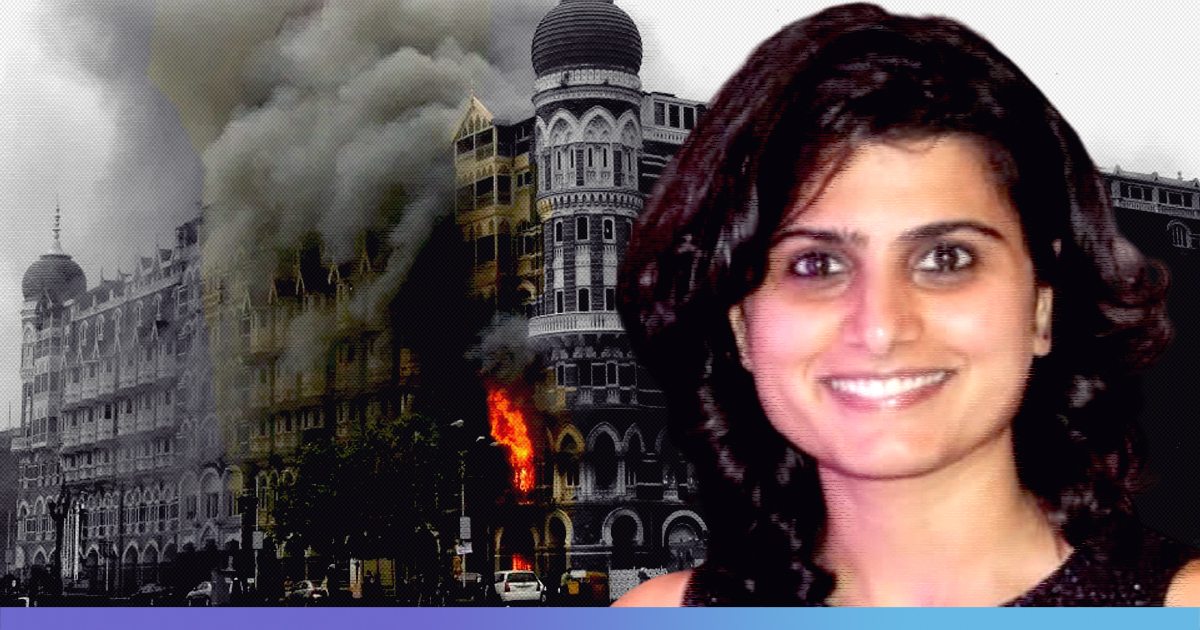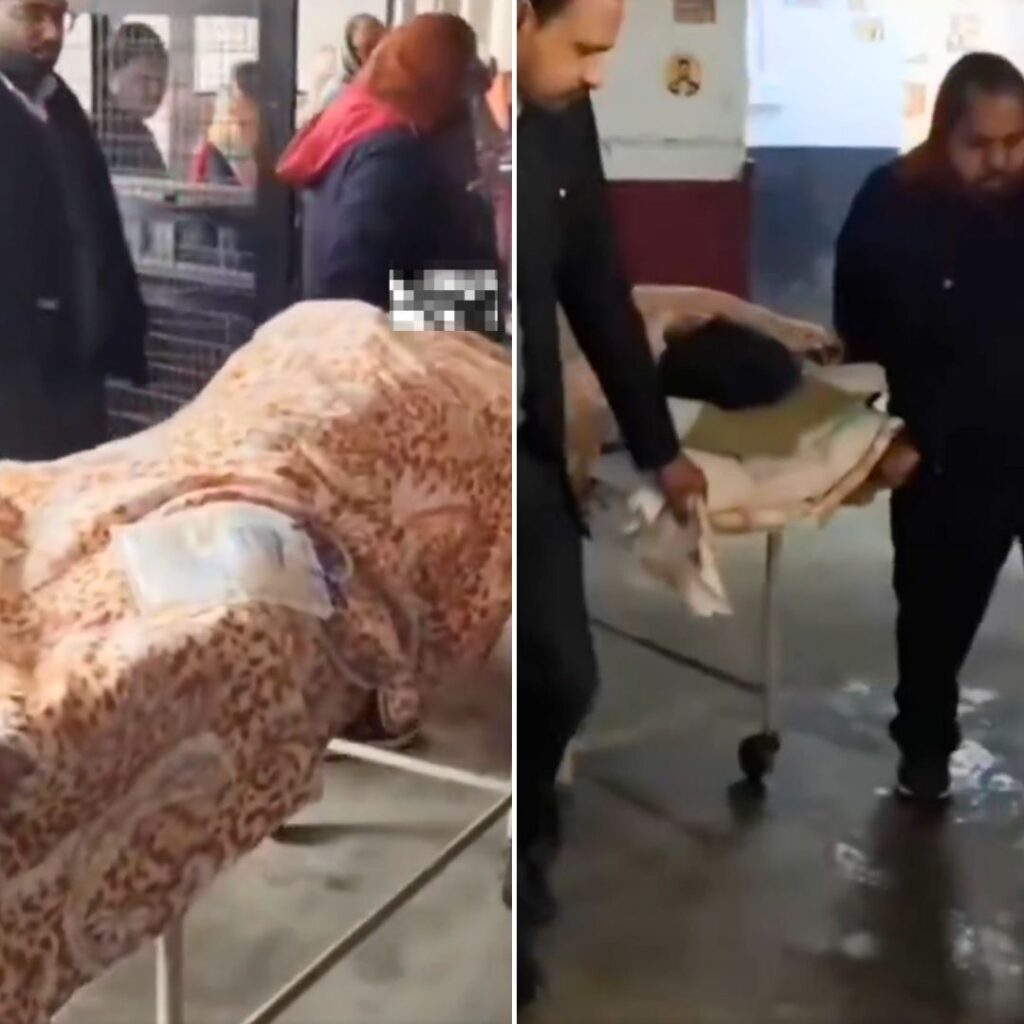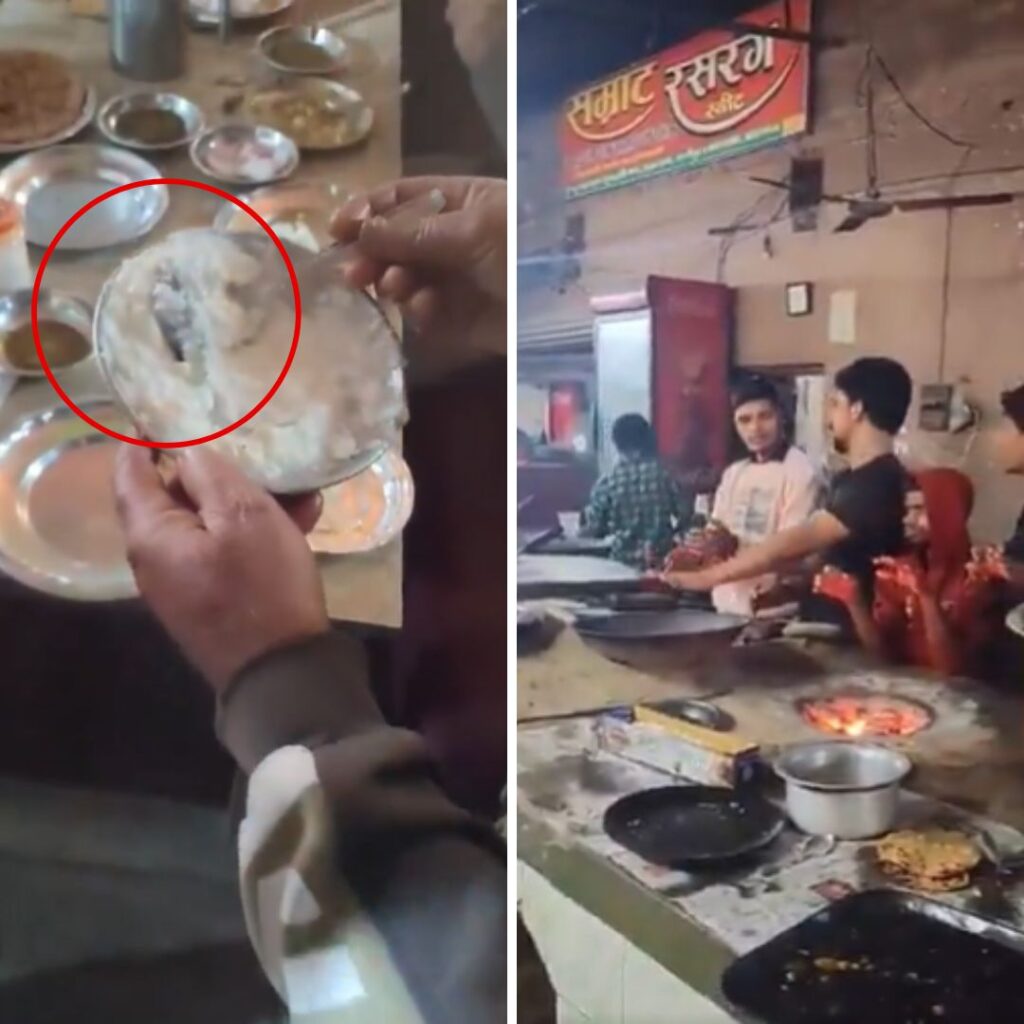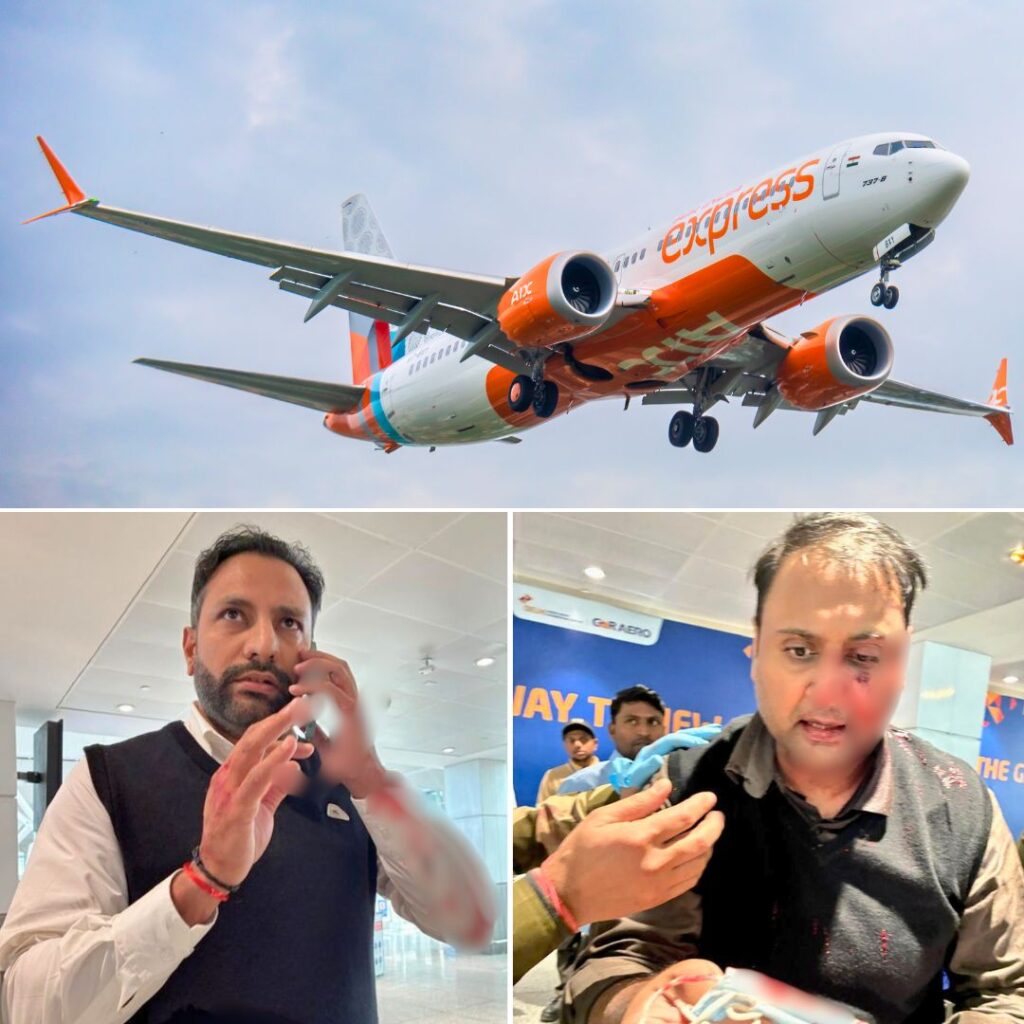November 26, 2008, was like any other day in Mumbai. Schools, colleges, hospitals, railway stations and hotels followed their regular routine.
Little did the city know that the day was about to turn into one of the darkest in history. No one imagined that the city’s glittering expanses would be stained in blood forever.
That evening, the city was in the throes of one of the most horrifying terror attacks ever witnessed by the world.
Ten heavily armed terrorists, all of them Pakistani nationals,arrived in Mumbai by sea route.They split into groups of two to three people and carried out a series of attacks across the financial capital. Chhatrapati Shivaji Maharaj Terminus, Mumbai Chabad House, The Oberoi Trident, The Taj Palace & Tower, Leopold Cafe, Cama Hospital, The Nariman House, and the Metro Cinema witnessed a heavy exchange of gunfire between the terrorists and security forces.
During the 60-hour siege, over 160 people were killed, and hundreds wounded.
Inside The Taj Palace & Tower
Mallika Jagad, 24 at that time, was working with the Taj’s banquet department that evening. She was handling a dinner when she heard indistinct noises that sounded like fireworks.
“Since it was the wedding season, I dismissed the noises as fireworks at a wedding until I began getting phone calls from the hotel’s security teams, who said there was a gunman on the loose,” Mallika tells The Logical Indian.
“At that moment, I had no idea whether it was one gunman or 10, or whether it was a terror attack or something else. All that I knew was that I had to keep the 60-plus people inside the banquet safe,” she adds. Mallika and her team closed all the doors and windows and turned off the lights.
“People in the banquet were extremely anxious and panic-stricken. They wanted to flee the hotel. At that moment, I knew I had to stay calm and tell them that they are safe. My team and I calmed them down by talking to them, telling them that they will be able to leave as soon as we get a clearance from the security team,” says Mallika.
Making makeshift arrangements, Mallika and her team spread some cloth in the space between windows and curtains, creating a place for women who wanted to use the bathroom.
“The entire night, the hotel was on fire as the massacre went on outside. Bullets and grenades scarred the building. The fire brigade was outside. We spent the night in the banquet, huddled together, hoping to leave the building alive. In the morning, some of the smoke from the corridor began to seep inside our rooms, although the doors were closed. As a result, the fire sprinklers went off,” Mallika says.
She adds, “People started panicking again. We knew we had to keep them calm because if any one of them were heard, all the others would be in danger. However, some of them began throwing chairs at the windows to break them open. One of the windows was successfully broken, and we waved down at the fire brigade who then put up rescue ladders and evacuated all of us.”
As Mallika, with her team’s help, saved the lives of those 60 people, Mumbai witnessed the kind of pain and horror that one cannot dream of. The terrorists did not spare children, and the entire city became a hub of fire, pain, blood, screams and death.
“Staying calm was not easy but I knew I had to do it. My first instinct had been to save as many lives as I can. I could never imagine leaving so many people alone and protecting myself first. They were my responsibility,” Mallika says.
“Very early in the morning, when I was told that the Indian Army had arrived at the scene, I was finally calm from within. I had full faith in our armed forces, and I knew they would make sure we were fine. Once evacuated, I thanked God and my lucky stars that we were all unharmed,” she adds.
While we often talk about Neerja Bhanot and other heroes who made India proud, bravehearts like Mallika Jagad often get lost in the crowd. Even after more than a decade, Mallika’s courage and will-power restore our faith in humanity. The Logical Indian salutes her for being a fighter and an inspiration.
Also Read: Meet The Woman Who Cracked 2012 Delhi Gangrape-Murder Case & Inspired Netflix’s ‘Delhi Crime’











